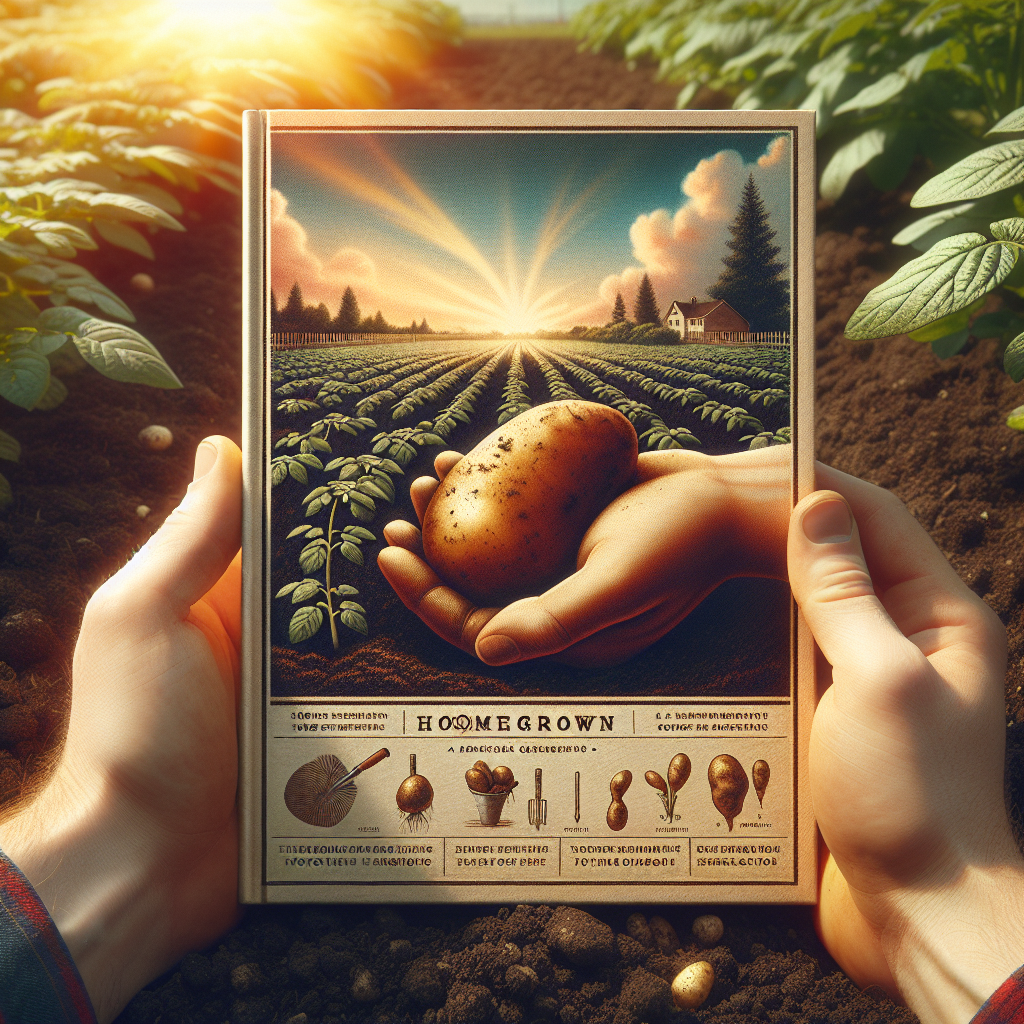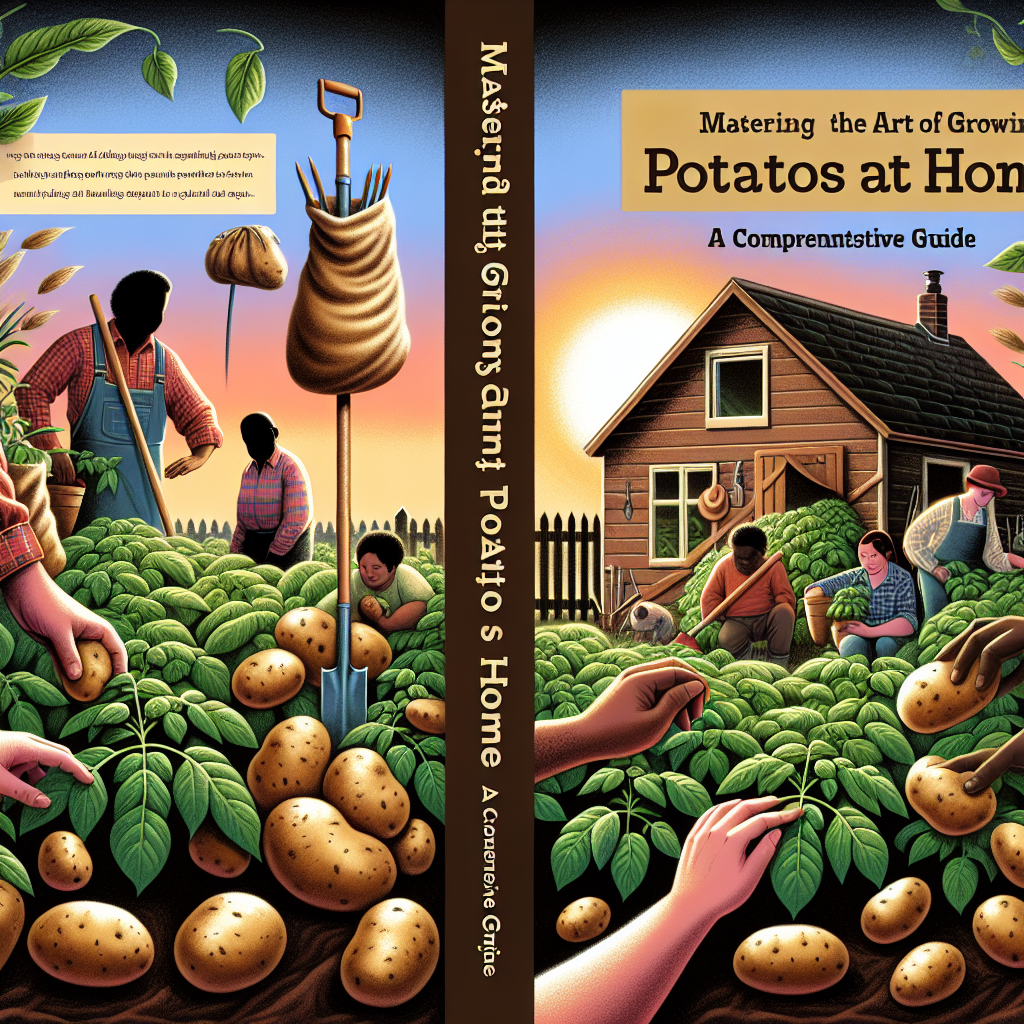Mastering the Art of Growing Potatoes at Home: A Comprehensive Guide
Introduction:
Potatoes are a staple food in many cultures around the world. They are versatile, nutritious, and relatively easy to grow at home. Whether you have a spacious backyard or a small balcony, cultivating your own potatoes can be a rewarding experience. This comprehensive guide will provide you with all the information you need to successfully grow potatoes at home.
1. Choosing the Right Variety:
Before embarking on your potato-growing journey, it’s essential to select the right variety suitable for your climate and growing conditions. There are hundreds of potato varieties available, each with its own unique characteristics in terms of taste, texture, and disease resistance. Determine whether you prefer early or late-season potatoes, and opt for varieties recommended for your region.
2. Preparing the Soil:
Potatoes thrive in loose, well-draining soil enriched with organic matter. Start by clearing the area of any weeds or grass and then loosen the soil using a garden fork or tiller. Mix in compost or well-rotted manure to improve its fertility and structure.
3. Chitting Potatoes:
Chitting refers to sprouting potatoes before planting them in the ground. To chit your seed potatoes, place them in an egg carton or tray with their “eyes” facing upward. Keep them in a cool, well-lit location for about six weeks before planting.
4. Planting Process:
Potatoes can be grown from seed potatoes or by cutting larger tubers into pieces that contain at least two eyes each. Dig shallow trenches about 5-6 inches deep and space them about 12-15 inches apart to accommodate different varieties’ growth habit. Place your seed potatoes with their sprouted side up and cover them with soil.
5. Watering and Mulching:
Consistent watering is crucial for healthy potato growth, especially during dry periods. Ensure that the soil is kept moist but not soggy. Applying a layer of organic mulch, such as straw or grass clippings, will help conserve moisture, suppress weed growth, and keep the soil temperature stable.

6. Hilling:
As your potato plants grow, they will start to develop stems and leaves above ground. The process of hilling involves gradually covering these exposed parts with soil or mulch to prevent the tubers from becoming exposed to sunlight or turning green. Hilling also encourages more tuber formation and prevents them from growing too close to the surface.
7. Fertilizing:
Potatoes require regular feeding to ensure their healthy growth and optimum tuber production. Before planting, incorporate a balanced slow-release fertilizer into the soil. As the plants start growing, side-dress them with a high-potassium fertilizer every few weeks to promote tuber development.
8. Controlling Pests and Diseases:
Potatoes are susceptible to various pests and diseases, including aphids, Colorado potato beetles, late blight, and early blight. Regularly inspect your plants for signs of infestation or disease and take appropriate measures such as using insecticidal soap or organic pest controls when necessary.
9. Harvest Time:
Potato harvest time depends on the variety you’ve chosen; early-season potatoes can be harvested around 70-90 days after planting, while late-season varieties may take up to 120 days. Carefully dig around the base of the plant to unearth your potatoes without damaging them.
10. Curing and Storage:
After harvesting, allow your potatoes to dry in a well-ventilated area for a few hours or overnight. This process helps toughen their skin and extends their shelf life. Once dry, store your potatoes in a cool, dark place like a root cellar or basement where temperature ranges between 45-50°F (7-10°C) with high humidity but good ventilation.
Conclusion:
Growing potatoes at home can be a fulfilling and cost-effective way to ensure a fresh supply of this versatile vegetable. By following the steps outlined in this comprehensive guide, you can master the art of growing potatoes and enjoy a bountiful harvest year after year. So, roll up your sleeves, get your gardening tools ready, and embark on this rewarding journey of producing your own delicious spuds.













